Oscinap Eye Drop for Dogs: Indications, Application Guide, and Side Effects
Dogs, just like humans, are vulnerable to a wide array of eye issues. From minor irritations to bacterial conjunctivitis and corneal ulcers, maintaining canine eye health is crucial for their quality of life. Veterinary ophthalmic treatments, such as Oscinap Eye Drop 10 mL, are specialized solutions designed to relieve symptoms, fight infections, and support recovery in a safe and effective manner.
In this comprehensive guide, we will explore everything a pet owner or veterinary professional needs to know about Oscinap Eye Drop 10 mL for dogs—including what it is, how it works, when to use it, how to administer it, detailed dosage recommendations, and essential safety and precautionary measures.
What is Oscinap Eye Drop 10 mL for Dogs?
Oscinap Eye Drop is a prescription veterinary ophthalmic solution formulated to treat a wide range of bacterial eye infections and associated symptoms in dogs. It comes in a convenient 10 mL bottle with a dropper for easy administration.
Key Features:
- Antibacterial ophthalmic solution
- Specifically developed for veterinary use
- Provides rapid relief from symptoms like redness, irritation, discharge, and inflammation
- Suitable for both acute and chronic eye infections
Active Ingredients and Mechanism of Action
While formulations may vary by region or manufacturer, Oscinap typically contains a broad-spectrum antibiotic, such as ciprofloxacin or ofloxacin, in an isotonic, pH-balanced solution safe for the canine eye.
Mechanism of Action:
- The active antibiotic works by inhibiting bacterial DNA synthesis, thereby preventing bacterial replication and eliminating existing pathogens.
- The solution’s sterile and soothing base reduces ocular inflammation, itching, and redness.
Indications: When to Use Oscinap Eye Drops for Dogs
Oscinap Eye Drops are indicated for the treatment of multiple ocular conditions in dogs, primarily of bacterial origin. Below is a list of clinical indications:
Primary Indications:
- Bacterial Conjunctivitis
- Corneal Ulcers
- Blepharitis (eyelid inflammation)
- Keratitis (inflammation of the cornea)
- Post-operative ocular infection prophylaxis
- Eye discharge due to bacterial infection
- Infectious dacryocystitis (tear duct infection)
Secondary Indications:
- Mild trauma or irritation caused by foreign particles
- Secondary bacterial infections from allergies
- Prevention of infection in healing eye injuries
Benefits of Using Oscinap Eye Drop for Dogs
- Fast Symptom Relief: Reduces redness, discharge, swelling, and itching within days.
- Broad-Spectrum Antibacterial Protection: Effective against common pathogens like Staphylococcus, Pseudomonas, and coli.
- Improved Ocular Comfort: Soothes irritated eyes and helps restore natural tear film.
- Veterinary-Approved Formula: Specially designed for dog physiology and ocular pH.
Ophthalmic Dosage and Treatment Instructions
Oscinap Eye Drop 10 mL is a topical ophthalmic medication for dogs that should be administered only under veterinary supervision. Dosage may vary based on the dog’s weight, the nature of the eye condition, and clinical evaluation.
General Dosage Guidelines
| Dog Weight | Condition Severity | Dosage per Eye | Frequency | Duration |
| Small (<5 kg) | Mild | 1 drop | 2 times per day | 5–7 days |
| Medium (5–15 kg) | Moderate | 1–2 drops | 2–3 times per day | 7–10 days |
| Large (15–30 kg) | Moderate to Severe | 2 drops | 3 times per day | 10–14 days |
| Giant (>30 kg) | Severe or persistent cases | 2–3 drops | 3–4 times per day | 14 days or as directed |
Note: Duration and frequency may be adjusted based on the dog’s response to treatment or if a secondary infection is present. Always complete the full course, even if symptoms improve earlier.
Administration Instructions
Correct administration helps maximize the drug’s effectiveness and reduces the risk of contamination or further irritation. Follow these steps carefully:
Step-by-Step Guide:
- Prepare the Medication:
- Wash your hands thoroughly.
- Restrain Your Dog:
- Have your dog sit or lie down in a comfortable, well-lit area.
- You may use a towel to gently wrap small dogs or have someone assist with larger dogs.
- Expose the Eye:
- Use your thumb and forefinger to gently pull down the lower eyelid to create a small “pouch.”
- Apply the Drops:
- Instill the prescribed number of drops into the lower eyelid pouch.
- Allow Natural Blinking:
- Release the eyelid and allow your dog to blink naturally to spread the medication.
- Wipe Excess:
- Use a clean tissue or sterile cotton to wipe away any excess liquid.
- Reward Your Dog:
- Offer praise or a small treat to reinforce calm behavior and cooperation.
Additional Administration Tips
- If your dog is on more than one eye medication, wait at least 5–10 minutes between applications.
- Do not skip doses. If a dose is missed, administer it as soon as you remember unless it’s almost time for the next one.
- Complete the full treatment course even if symptoms improve early, unless directed otherwise by your vet.
When to Contact Your Vet During Administration
- If your dog shows discomfort beyond mild stinging, such as excessive tearing, scratching, or swelling
- If the eye appears cloudy, ulcerated, or discolored
- If there’s no improvement after 3–5 days of consistent use
Adverse Events, Safety Warnings, and Contraindicated Conditions
Oscinap Eye Drop 10 mL for dogs is generally considered safe when used as directed by a veterinarian. However, like any ophthalmic medication, it can cause side effects or may not be suitable for certain dogs. Understanding the safety profile, potential side effects, and contraindications is essential for responsible use and to protect your pet’s vision and well-being.
Safety Guidelines
- Always follow the veterinarian’s instructions for dosage and duration.
- Do not share the eye drops between animals to prevent cross-contamination.
- Avoid touching the dropper tip to the eye, hands, or any surface.
- Discard the product 30 days after opening, even if unused.
Common Side Effects
| Side Effect | Details | Severity |
| Mild stinging or burning | Lasts a few seconds after instillation | Mild/Temporary |
| Watery eyes | Slight tearing as the eye adjusts to the drops | Mild |
| Redness or irritation | May occur if the eye is already inflamed | Mild |
| Temporary blurred vision | Usually clears within a few minutes | Mild/Temporary |
These effects typically resolve without intervention. However, contact your vet if symptoms persist or worsen after several applications.
Serious Adverse Reactions (Rare)
In rare cases, dogs may experience more serious allergic or inflammatory responses, including:
- Swelling of the eyelids or face
- Severe redness or discharge
- Intense itching or pawing at the eye
- Hives, rash, or difficulty breathing (anaphylaxis)
What to Do: Stop the medication immediately and seek emergency veterinary care if your dog shows any signs of an allergic reaction.
Contraindications
Oscinap Eye Drops are not suitable for all dogs or all types of eye conditions. Use is contraindicated in the following cases unless approved by a veterinarian:
| Condition | Reason |
| Hypersensitivity to active ingredients | Can trigger severe allergic reactions |
| Viral or fungal eye infections | Antibiotics are ineffective and may worsen non-bacterial conditions |
| Corneal perforation or deep ulcer | May delay healing or worsen structural eye damage |
| Pregnancy or lactation (caution advised) | Safety not fully established for use in pregnant/nursing animals |
| Puppies under 8 weeks of age | Use only under veterinary supervision due to immature immune systems |
Drug Interactions
Oscinap Eye Drop should be used cautiously if your dog is already receiving:
- Topical corticosteroids (e.g., dexamethasone): May mask infection or cause increased intraocular pressure
- Other antibiotic eye medications: Risk of duplication or interaction
- Anti-inflammatory ophthalmic drops: May cause additive irritation
Interactions with Other Medications
Oscinap Eye Drops are generally safe when used alone but may interact with:
- Topical corticosteroids
- Other antibiotic eye drops
- Anti-inflammatory eye drops
Signs of Ocular Improvement
Monitor your dog for signs of recovery. These usually include:
- Reduced redness and swelling
- Decrease in discharge or pus
- Less pawing or rubbing of the eyes
- Improved visual response or tracking
Pharmacological Research Overview
1. Mechanism of Action – Fluoroquinolone Antibiotics
Oscinap Eye Drops typically contain a fluoroquinolone, such as Ciprofloxacin or Ofloxacin, known for their potent bactericidal activity. These drugs act by:
- Inhibiting DNA gyrase and topoisomerase IV – enzymes essential for bacterial DNA replication, repair, and transcription.
- This mechanism leads to bacterial cell death and is particularly effective against Gram-negative and some Gram-positive organisms, such as:
- Pseudomonas aeruginosa
- Escherichia coli
- Staphylococcus aureus
- Klebsiella pneumoniae
Reference: Papich MG. Saunders Handbook of Veterinary Drugs. 5th Edition. Elsevier; 2021.
Fluoroquinolones are widely used in veterinary ophthalmology due to their high intraocular penetration and broad-spectrum coverage.
2. Efficacy in Treating Canine Ocular Infections
Studies have shown that topical fluoroquinolones are highly effective in treating bacterial conjunctivitis, keratitis, and infected corneal ulcers in dogs.
- A clinical study by Gerding et al. (2002) demonstrated that topical ciprofloxacin 0.3% was effective in reducing clinical signs of conjunctivitis and bacterial counts in dogs within 7–10 days of treatment.
- Another study published in the Veterinary Ophthalmology Journal showed that ofloxacin had better ocular tolerability than earlier-generation fluoroquinolones, with minimal irritation and faster epithelial healing.
Moore PA, et al. Comparative tolerability of topical ofloxacin vs. ciprofloxacin in veterinary ophthalmic use. Vet Ophthalmol. 2015.
3. Ocular Penetration and Safety Profile
Fluoroquinolones like ciprofloxacin and ofloxacin are known for their high intraocular penetration, even in inflamed eyes. This allows effective concentrations in:
- Aqueous humor
- Corneal stroma
- Conjunctival sac
They are also generally safe, though may cause temporary stinging, mild irritation, or hypersensitivity in some animals.
Reference: Hendrix DVH. Current Concepts in the Management of Canine Bacterial Keratitis. Compend Contin Educ Vet. 2011.
4. Resistance Considerations
- Prolonged or inappropriate use of ophthalmic antibiotics can contribute to antibiotic resistance, especially in Staphylococcus and Pseudomonas
Frank LA, et al. Fluoroquinolone resistance in veterinary pathogens: Clinical relevance and emerging concerns. Vet Microbiol. 2010.
Conclusion
Oscinap Eye Drop 10 mL for dogs is a powerful and reliable veterinary solution for managing a wide range of bacterial eye infections. Its fast-acting antibiotic formulation helps alleviate common symptoms such as redness, discharge, irritation, and swelling, promoting quick healing and enhanced ocular comfort for your pet. When administered correctly under veterinary supervision, Oscinap offers both safety and effectiveness for acute and chronic eye conditions. Its fast-acting formula and easy application make it a favorite among veterinarians and pet owners. However, like all medications, responsible use is essential. Always follow your vet’s guidance, monitor for side effects, and complete the full treatment course to ensure your dog’s vision and comfort are fully restored.







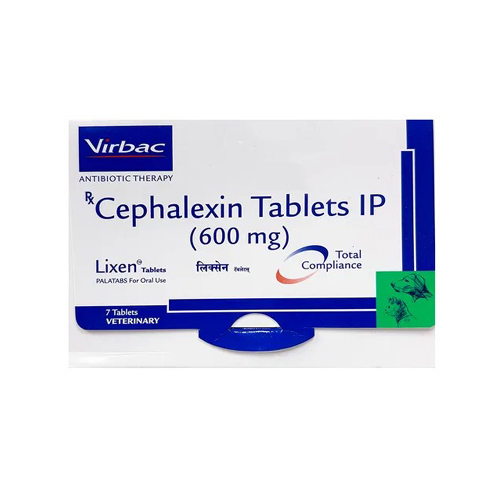
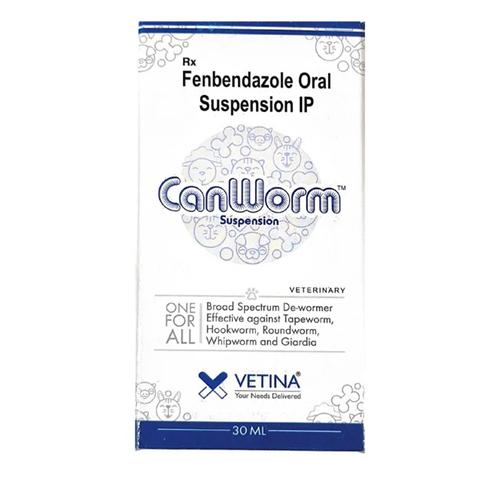



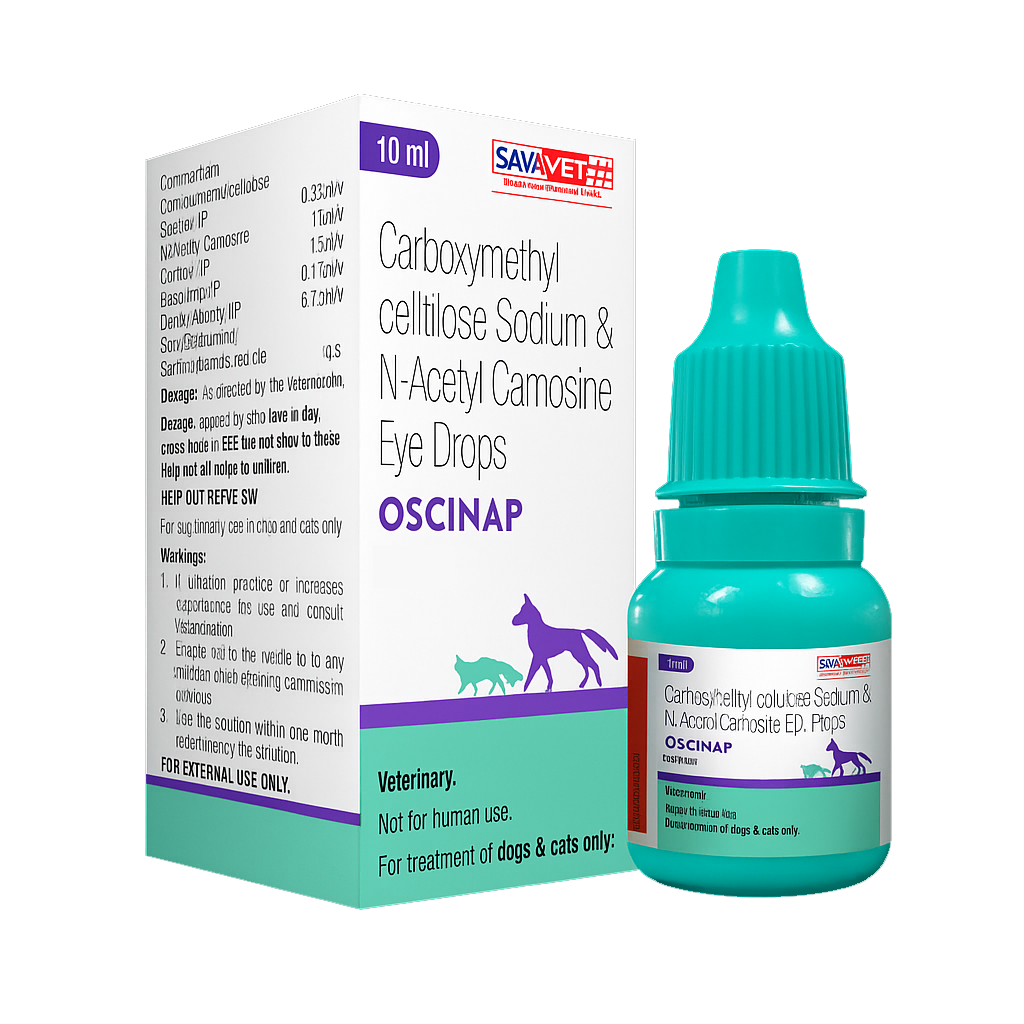
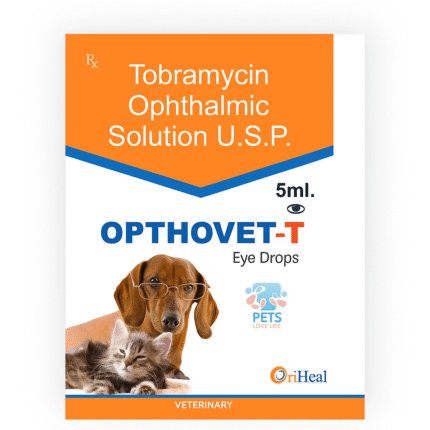
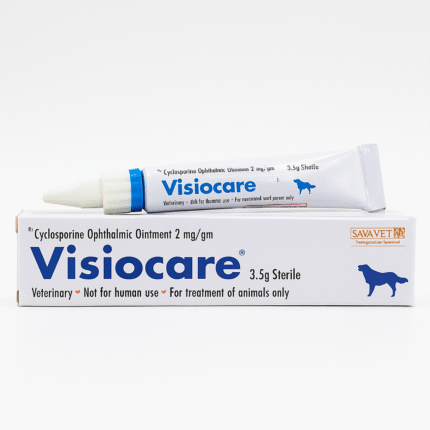
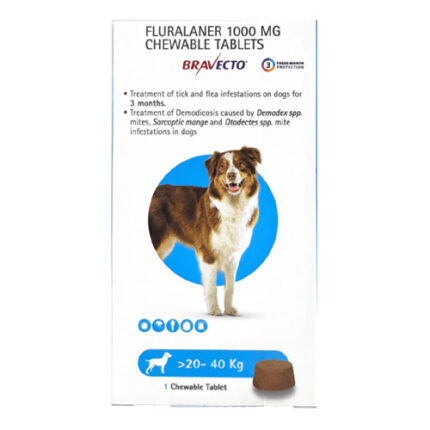
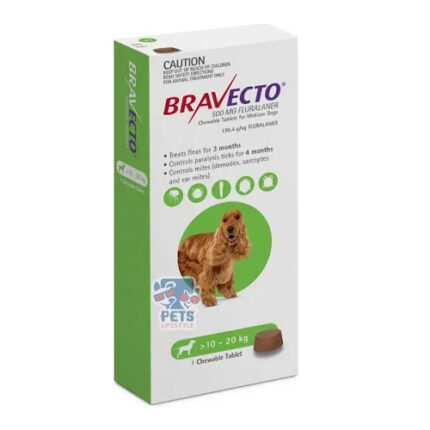
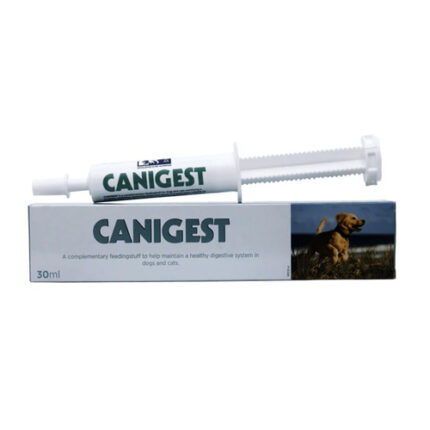
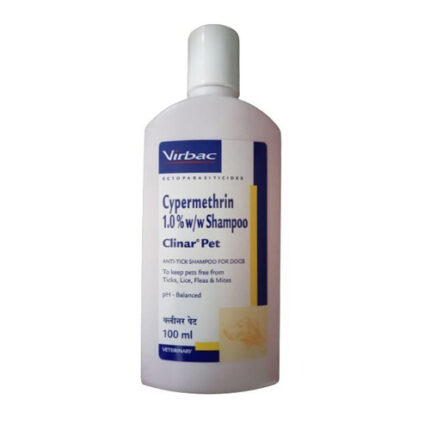
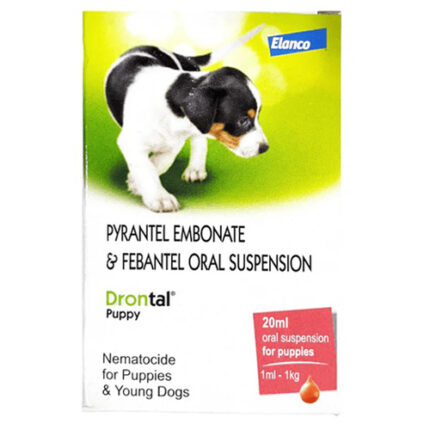
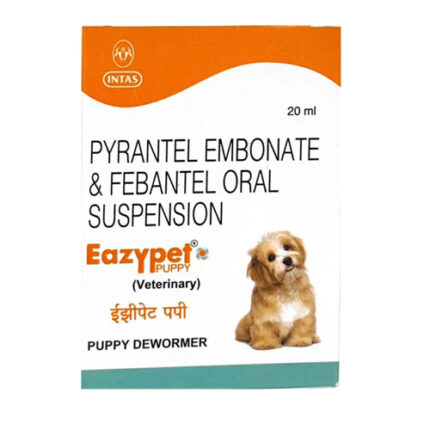
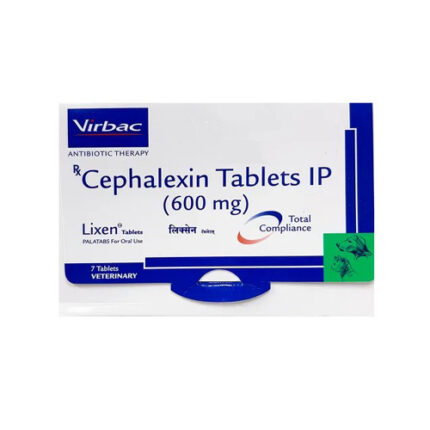
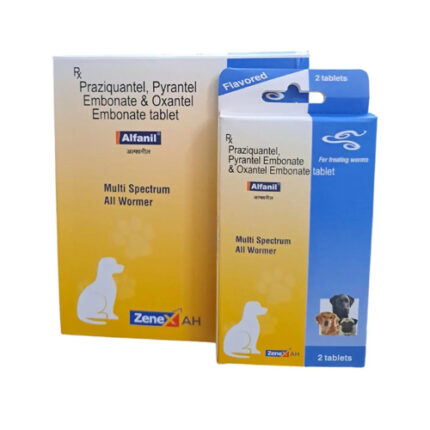
Reviews
There are no reviews yet.